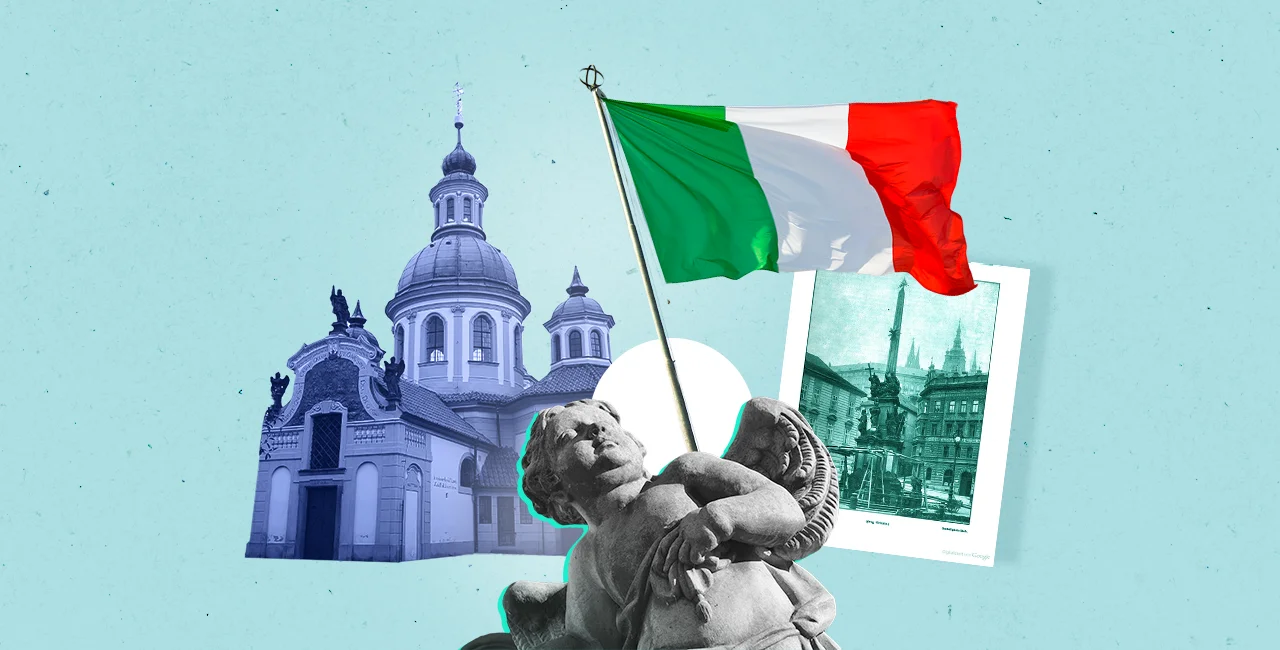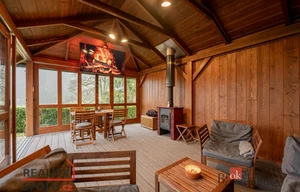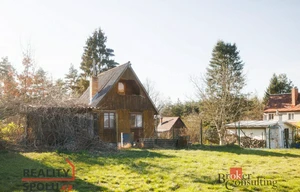You might have strolled through the narrow, winding streets of Malá Strana and experienced a sense of deja vu, as if you stepped into not just a different time, but also place. If parts of the neighborhood, especially near Prague Castle, reminded you of Italy, it’s because the area, in its present form, owes a lot of its look and feel to Italians from the north, especially near Lake Como, who settled in the neighborhood in considerable numbers starting in the 15th century.
An English-language walking tour organized by the Open House Praha non-governmental organization, which we took in late June, offered a thorough explanation, coupled with a lovely hour-an-a-half stroll on a sunny day, of how this came to be.

Practical details
- The tour started by the Holy Trinity Column in the upper part of Malostranské náměstí, ventured into Hradčany, ended at the Café Club Míšeňská, and included more than a dozen stops. The size of the group was around 15 people.
- Some of its main topics included the foundation of Malá Strana in the 13th century, the Hussite Wars, and the restoration of the quarter after a massive fire in the mid-16th century. It also spoke about later developments, from the Protestant Reformation and the Enlightenment to the communist era.
- Tour guide Michal Šedivý was very knowledgeable, offering plenty of information and historical context that made the tour compelling for both history buffs and people less familiar with Czech history.
- What made the tour particularly enjoyable was the mix of historical facts and biographical details which you cannot find in tourist guides. The history of the quarter came to life thanks to Šedivý's stories about the fascinating characters that shaped it.
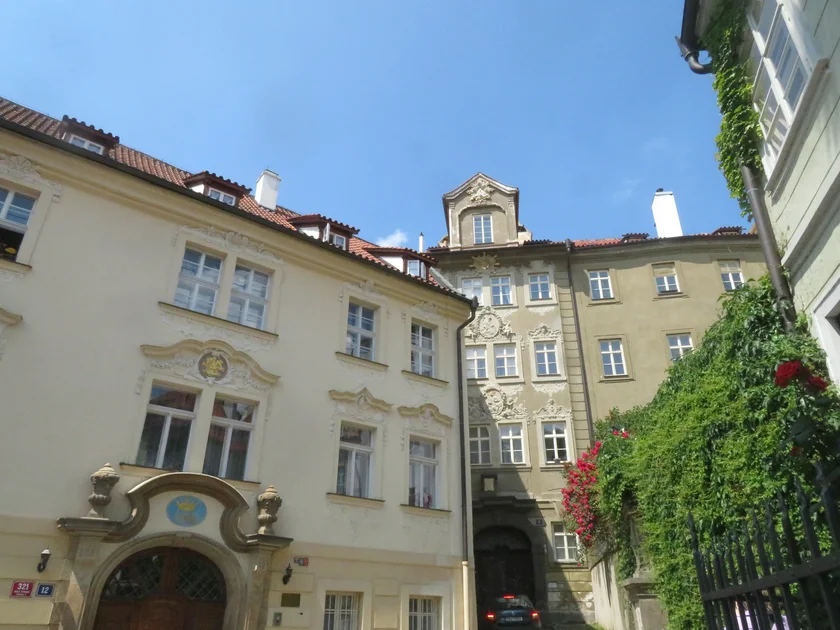
Rising from the ashes
While undoubtedly a tragedy, the fire that engulfed the neighborhood in 1541, which extended from Malostranské náměstí and what is now Nerudova Street to Prague Castle, cleared the way for an architectural renaissance centered on the area around Vlašská Street, which later corresponded to the Italian quarter.
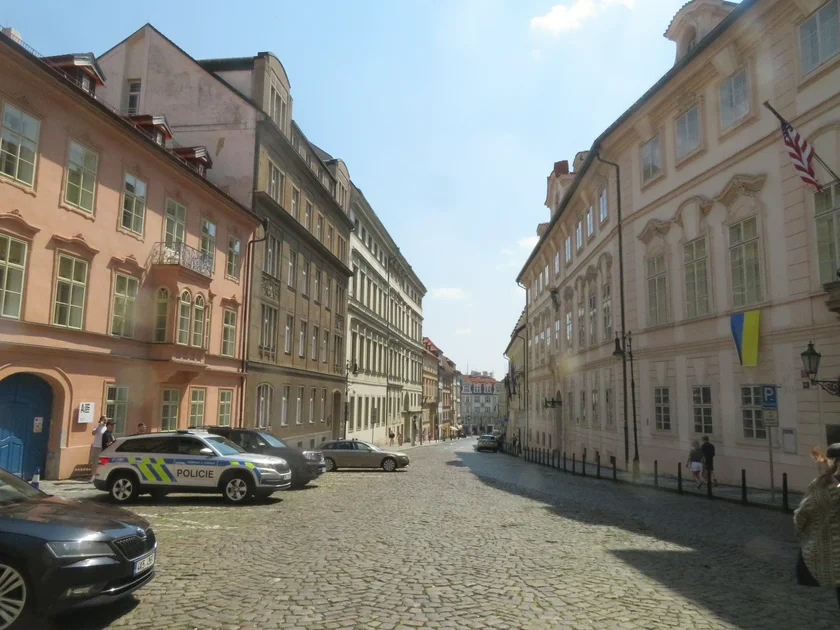
The name of Vlašská Street refers to Northern Italy, specifically the area around Lake Como, which used to be called Vlachy in Czech, while the Italians from that region who settled in Prague were called Vlaši (Vlachs, not to be confused with Vlašsky, which means Wallachian, after a historical region in present-day Romania).
Builders, scholars, and lovers
While some were aristocrats and scholars, many of them were artists and craftsmen who brought their contributions to Renaissance and Baroque palaces and churches adorning the city. Additionally, Italian merchants were involved in the trade of luxury goods, which were in high demand at the imperial court of Holy Roman Emperor Rudolf II. Last but not least, the Italian men’s popularity with the Czech ladies often led to brawls between them and the locals, earning the former a rowdy reputation.

In a couple of decades, the Italian colony grew to a considerable size, prompting the involvement of the Jesuits of the Collegio Clementino, who started offering sermons in Italian and organizing the Italian community.
A Hospital of the Italians meant to assist those in need was established around the turn of the 17th century, followed by a school for Italian children; the buildings currently house the Italian Cultural Institute.
In the shadow of the White Mountain
Another milestone in the history of the area was the Battle of White Mountain, which led to a revival of Catholicism in the Czech lands, and, further down the line, to the Church of Our Lady Victorious (kostel Panny Marie Vítězné) becoming the shrine of the Infant of Prague, one of Prague’s internationally renowned attractions.
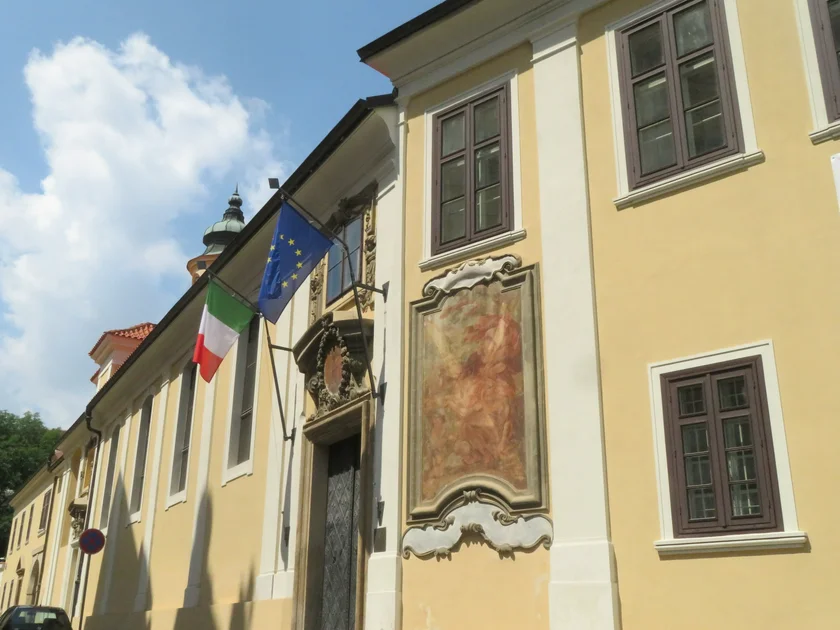
One of the stops of the tour was the Thun-Hohenstein Palace, now serving as the Italian Embassy, which was built in the early 18th century by Italian architect Giovanni Santini, originally for the Kolowrat family (the two giant eagles above the entrance are its symbols). Another one was the German Embassy, which occupies the Lobkowicz Palace; originally built in the 16th century, its present-day appearance is due to renovations in the Italian Mannerism or Late Renaissance style.
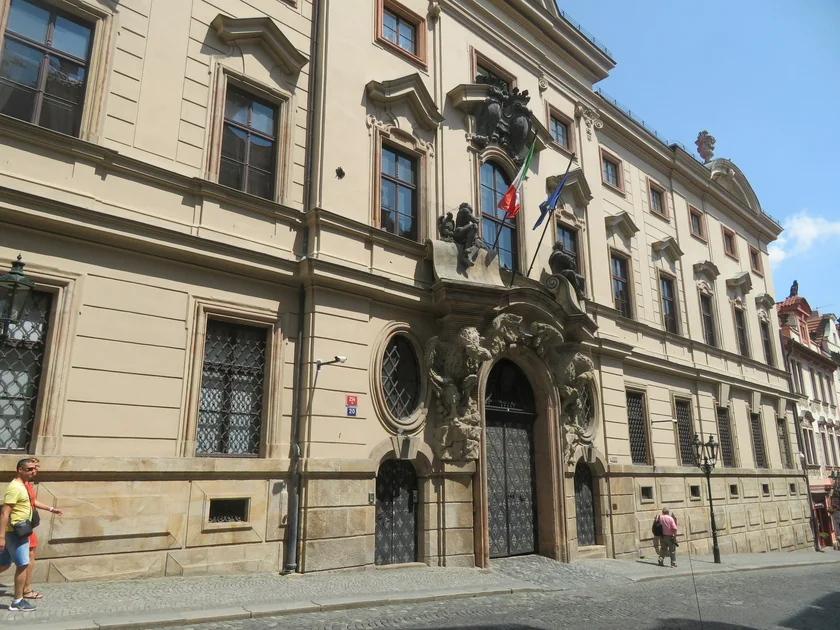
The tour ended on a high note at the Café Club Míšeňská, located in a surprisingly quiet oasis next to the Charles Bridge. Both the cafe and the house are still owned by the old Italian Demartini family, which came to Prague in the 15th century and founded a soap and perfume manufacturer that used to be one of the main suppliers of the imperial court in Vienna. The cozy café is perfect for ascertaining the lingering influence of Italians in the beating heart of Prague, which continues to this day.
The next Open House English-language walking tour focusing on the Italians in Malá Strana takes place on Sept. 10. Tickets need to be purchased in advance as the capacity of the tour is limited.












 Reading time: 4 minutes
Reading time: 4 minutes 